-
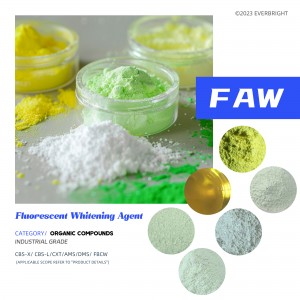
Fluorescent Whitening Agent (FWA)
It is a compound with a very high quantum efficiency, in the order of 1 million to 100,000 parts, which can effectively whiten natural or white substrates (such as textiles, paper, plastics, coatings). It can absorb the violet light with a wavelength of 340-380nm and emit blue light with a wavelength of 400-450nm, which can effectively make up for the yellowing caused by the blue light defect of white materials. It can improve the whiteness and brightness of the white material. The fluorescent whitening agent itself is colorless or light yellow (green) color, and is widely used in papermaking, textile, synthetic detergent, plastics, coatings and other industries at home and abroad. There are 15 basic structural types and nearly 400 chemical structures of fluorescent whitening agents that have been industrialized.
-
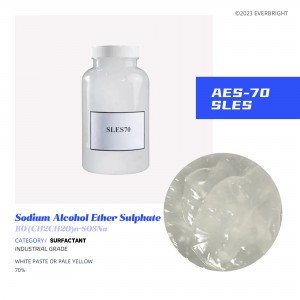
AES-70 / AE2S / SLES
AES is easily soluble in water, with excellent decontamination, wetting, emulsification, dispersion and foaming properties, good thickening effect, good compatibility, good biodegradation performance (degradation degree up to 99%), mild washing performance will not damage the skin, low irritation to the skin and eyes, is an excellent anionic surfactant.
-

Urea
It is an organic compound composed of carbon, nitrogen, oxygen and hydrogen, one of the simplest organic compounds, and is the main nitrogen-containing end product of protein metabolism and decomposition in mammals and some fish, and urea is synthesized by ammonia and carbon dioxide in industry under certain conditions.
-
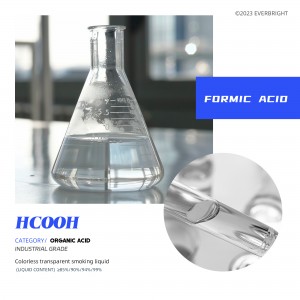
Formic acid
A colorless liquid with a pungent odor. Formic acid is a weak electrolyte, one of the basic organic chemical raw materials, widely used in pesticides, leather, dyes, medicine and rubber industries. Formic acid can be directly used in fabric processing, tanning leather, textile printing and dyeing and green feed storage, and can also be used as metal surface treatment agent, rubber auxiliary and industrial solvent.
-

Sodium Carbonate
Inorganic compound soda ash, but classified as salt, not alkali. Sodium carbonate is a white powder, tasteless and odorless, easily soluble in water, aqueous solution is strongly alkaline, in humid air will absorb moisture clumps, part of the sodium bicarbonate. The preparation of sodium carbonate includes the joint alkali process, the ammonia alkali process, the Lubran process, etc., and it can also be processed and refined by trona.
-
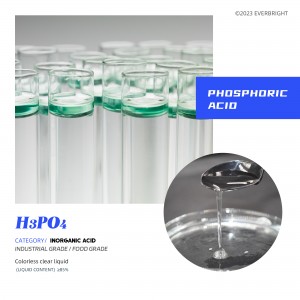
Phosphoric acid
A common inorganic acid, phosphoric acid is not easy to volatilize, not easy to decompose, almost no oxidation, with acid commonness, is a ternary weak acid, its acidity is weaker than hydrochloric acid, sulfuric acid, nitric acid, but stronger than acetic acid, boric acid, etc. Phosphoric acid is easily deliquified in the air, and heat will lose water to get pyrophosphoric acid, and then further lose water to get metaphosphate.
-

Ammonium Bicarbonate
Ammonium bicarbonate is a white compound, granular, plate or columnar crystals, ammonia odor. Ammonium bicarbonate is a kind of carbonate, ammonium bicarbonate has ammonium ion in the chemical formula, is a kind of ammonium salt, and ammonium salt can not be put together with alkali, so ammonium bicarbonate should not be put together with sodium hydroxide or calcium hydroxide.
-

Aluminium sulfate
It can be used as flocculant in water treatment, retention agent in foam fire extinguisher, raw material for making alum and aluminum white, raw material for oil decolorization, deodorant and medicine, etc. In paper industry, it can be used as precipitating agent for rosin gum, wax emulsion and other rubber materials, and can also be used to make artificial gems and high-grade ammonium alum.
-
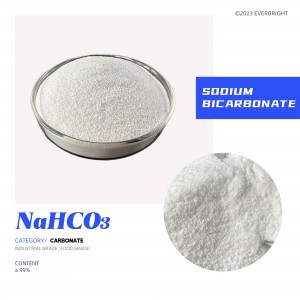
Sodium Bicarbonate
Inorganic compound, white crystalline powder, odorless, salty, soluble in water. It is slowly decomposed in humid air or hot air, producing carbon dioxide, which is completely decomposed when heated to 270 ° C. When exposed to acid, it breaks down strongly, producing carbon dioxide.
-

Sorbitol
Sorbitol is a common food additive and industrial raw material, which can increase the foaming effect in washing products, enhance the extensibility and lubricity of emulsifiers, and is suitable for long-term storage. Sorbitol added to food has many functions and effects on the human body, such as providing energy, assisting in lowering blood sugar, improving intestinal microecology and so on.
-
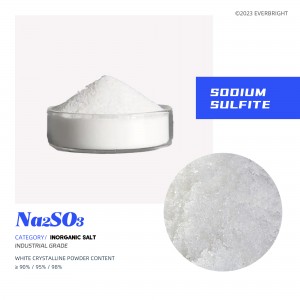
Sodium Sulfite
Sodium sulfite, white crystalline powder, soluble in water, insoluble in ethanol. Insoluble chlorine and ammonia are mainly used as artificial fiber stabilizer, fabric bleaching agent, photographic developer, dye bleaching deoxidizer, fragrance and dye reducing agent, lignin removal agent for paper making.
-
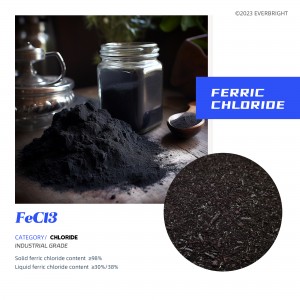
Ferric chloride
Soluble in water and strongly absorbent, it can absorb moisture in the air. The dye industry is used as an oxidant in the dyeing of indycotin dyes, and the printing and dyeing industry is used as a mordant. The organic industry is used as a catalyst, oxidant and chlorination agent, and the glass industry is used as a hot colorant for glassware. In sewage treatment, it plays the role of purifying the color of sewage and degrading oil.







